Lunch with Fest
An interview with Nikita Diakur, director of Fest
How did you create the animation for Fest?
The animation is simulated. The characters are puppets that hang on virtual strings, kind of like marionettes in digital 3D space. The animator controls the puppets by pulling the strings. Working like this seems to give the characters actual freedom and personality since they not always do what the animator expects them to do. It could be compared with real-life filmmaking as the results are often unpredictable and personal. It also creates room for chaos and errors. The challenge here is to control the chaos just enough so that it doesn’t interfere with the story.
Why were you interested in creating an incomplete representation of characters and elements, do they have an ability to dematerialize themselves?
Sometimes there is no point finishing a scene with a perfect rendering. Like a sketch, an unfinished 3D image can have just as much character and emotion, if not more, as the one that is fully completed. I feel like incompleteness gives the image room to breathe, it is less stale, more direct and authentic. Also, since it’s simulated/computer calculated, why not show the place where it originates? All characters come alive in the viewport of the 3D software and I believe it is natural to show that space with all its incomplete, sketchy and techy parts. In doing that, the space feels less artificial and more tangible.
Why did you want the characters and their actions to look frantic and how did you work on this?
The YouTube clips that inspired the film (“Russian Bungee Jumping” and “Thunderdome 97”) are intense in many ways. Both deal with irrationality and freedom. They have a lot of energy and I wanted to reflect that in the animation. The simulation process is trial and error – often over 100 simulation takes for one action setup. It took some testing to recreate a similar feel in the animation as in the original clips.
Why did you want to show the bungee jumping sequence from several perspectives?
The film is about chaos and about finding meaning in chaos. I tried to reproduce that in the edit. Every sequence by itself is chaos from a different angle, but placed one after another, it all makes sense – to a degree.
Would you say that the short film format has given you any particular freedom?
There are not many formats that give you as much freedom and are as individual as the short film. You can explore, experiment and ultimately, you don’t have to please anyone but yourself. Everyone can make a short film and it could be about anything. It is one of the most liberal mediums. When making a short film, I try to tell a story or recreate a feeling that I have experienced. It is a huge privilege to be able to do that.








